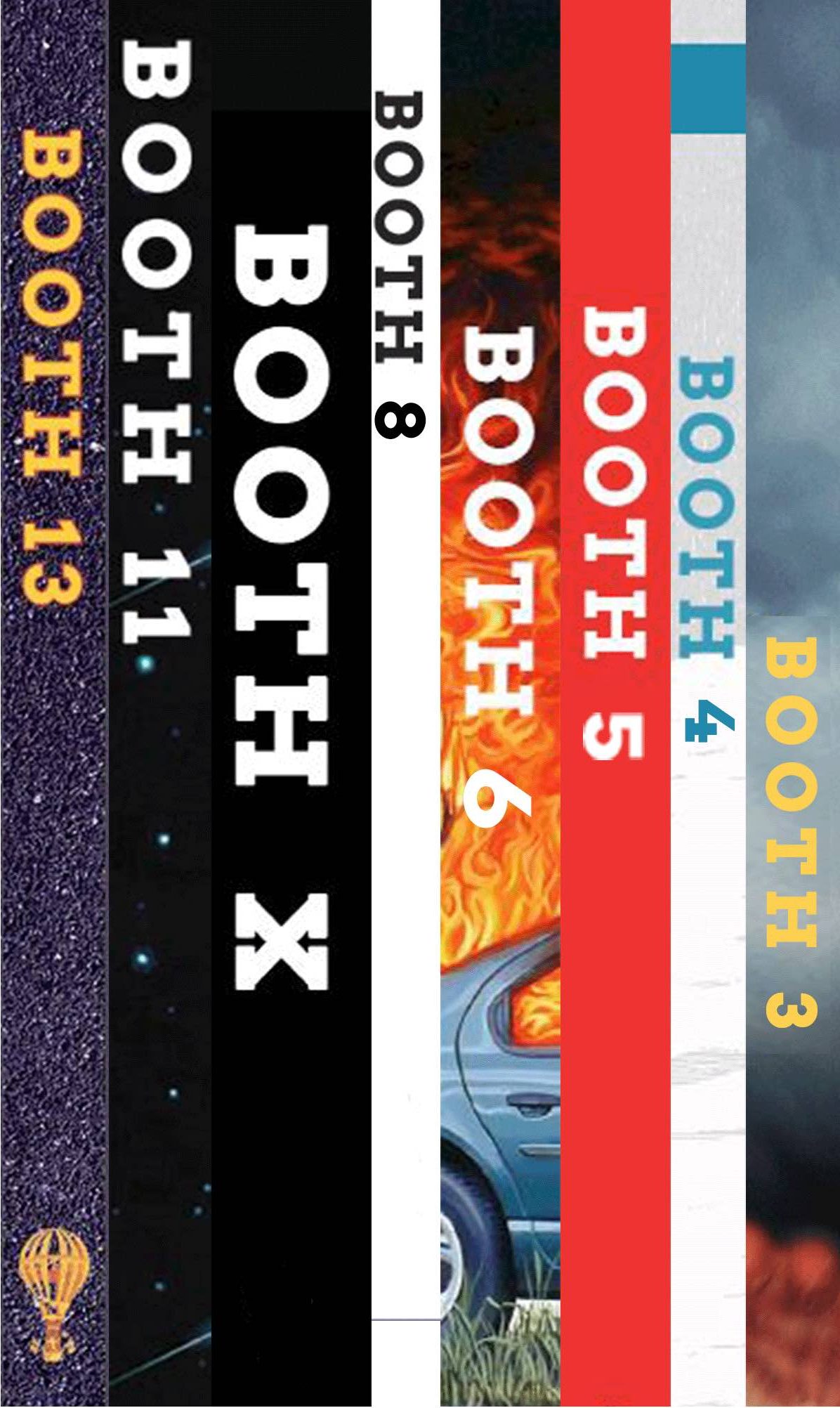Emily Viggiano Saland
The fish is a vessel: cartilage, some bone. The water that goes into the fish passes through him virtually unchanged, almost as if he wasn’t there. When he dreams, which is not often, he dreams of forward movement, the lateral line. On some level, he is aware that once a great fish swallowed a man whole. This may sustain him. In order to show that a fish experiences pain, it is necessary to show that a fish has consciousness. Without consciousness, there is no pain. Hatched with his eyes open, and without eyelids, there are certainly things the fish would have chosen not to see, had he been given the choice. Complex behavioral displays that seem to reflect distress can be purely unconscious. The fish understands that to ask for life is to receive life, and so he goes about with his mouth agape, a kind of prayer.



